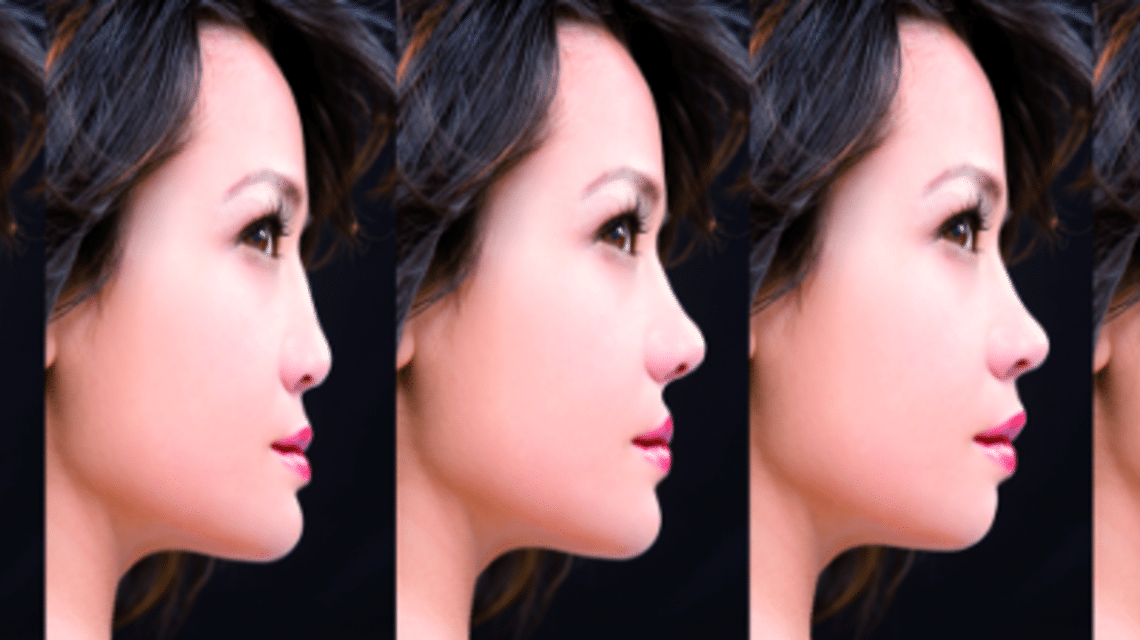Orthodontics has changed dramatically in the past 20 years. Through the 70’s and 80’s, most orthodontic cases, for a variety of reasons, required the extraction of permanent teeth. Unfortunately, extracting teeth resulted in long-term detrimental effects on many patient’s faces and the health of their gums and bones. One of the common questions patients ask when seeking orthodontic care is if they need to have teeth extracted. Nobody wants to go through the extraction of teeth if they don’t need to. Having a full complement of teeth results in fuller more beautiful smiles.
As you are talking about orthodontics with your friends and family who might be looking to provide care for a loved one, keep in mind that Dr. Cooper and Dr. Misner follow a progressive ‘non-extraction’ approach to orthodontics. Below are some reasons (some of them are pretty cool and sciencey) why they believe this is the right choice for their patients.
As more and more people were treated with braces, orthodontists were able to see what happened to these patients as they became adults and aged. What they saw was not encouraging. Orthodontists realized that as people age, their lips tend to flatten out naturally. In patients that had permanent teeth extracted, this flattening was magnified dramatically due to the lack of support for the lips because of the decreased number of teeth. As orthodontists began seeing this negative aging process caused by extractions, they began seeking other ways to treat. Awareness of the long term negative effects spurred changes in treatment.
Materials that have been tested by NASA in space are now incorporated into the wires used in orthodontics. These wires delivered a force on the teeth much lower and gentler than traditional braces with stainless steel wires did. Due to this gentler force, teeth were allowed to move in a way that allowed the bone to adapt and change, allowing the orthodontist to treat more cases without extractions as well as creating wide beautiful smiles.
The final piece to the puzzle arrived on the scene in the new millennium. Braces traditionally have required something to hold the wire in the brace. This was done either by small wire tires (also known as “tightening” the braces) or those fun little colored elastics. These ties kept the wires in place but caused friction and kept the teeth from sliding freely. Around the year 2000, a new type of brace was invented that does not require ties (bungy cords) to hold the wire in place. Instead, a door or clip opens and closes to hold the wire in place. There is no friction against the wire so the teeth are free to slide and the orthodontist does not need to push as hard to get the teeth to move (which means less pain!). Remember those space age wires you read about earlier? Now these space age wires can be made to push even gentler and the bone changes to make enough room for the teeth without extractions or expanders. This technique makes more space for the teeth just as the University of Michigan recommended. The perfect formula was finally available to orthodontists.


